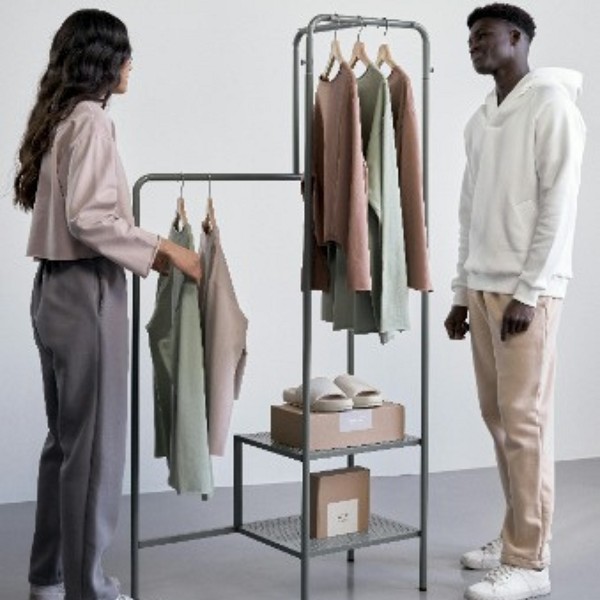Virtual Try-Ons and Augmented Reality Redefining Retail Experiences
The landscape of retail fashion is undergoing a significant transformation. In 2024, retail e-commerce sales are estimated to exceed 6.3 trillion U.S. dollars worldwide, according to Statista. However, this surge will be accomplished in a way markedly different from the past. Customers are now becoming more selective about their purchases and shifting away from in-store sales. Notably, 35% of female shoppers express an intention to purchase fewer items but prioritize better-quality garments in the future.
In light of this, tech-driven experiences, like augmented reality (AR), will take center stage. This is where try-ons come into the picture.
Try-Ons blends the physical and digital realms to increase convenience. This innovation will result in better decision-making for customers and boost sales for brands simultaneously.
Virtual try-on, also referred to as "virtual fitting" or "digital try-on," is a technological innovation allowing users to digitally explore products, such as trying on clothing or testing the appearance of a lipstick shade, using a computer or mobile device. Users can scrutinize product details, dimensions, size, operations, and more. Augmented reality can be accessed through a shopper's device's camera at a press of a finger.
AR-driven virtual try-ons extend beyond clothing and beauty products with product categories like home decor, appliances, furniture, and others. Major brands like IKEA leverage this technology for product visualization and demonstration at users' preferred locations.
Compared to traditional 2D images on online store product pages, customers gain a complete understanding through an immersive experience, resulting in confident decision-making. Brands can expect increased sales, minimized returns, enhanced profit margins, and an increased loyal customer base.
There are three current methods for accessing virtual try-on:
- The popular approach involves shoppers using the cameras on their smart devices, like phones, tablets, and laptops, to access try-on features. This method combines AR technology with motion tracking, camera scene capture, advanced scene processing, and display capabilities to superimpose 3D models on the user's body, responsive to their movements.
- Physical stores employ AR mirrors, capturing customers' appearances and overlaying them with digital representations of wearable products. This method can offer a superior in-store try-on experience compared to digital counterparts. Magic mirrors strategically placed throughout the store and within fitting rooms leverage virtual try-on software, allowing customers to virtually try on clothes without the need to change physically. Vendors offer smart mirror technology that enables effortless and instantaneous changes in clothes, colors, and patterns, enhancing the overall shopping experience.
- The third method involves creating 3D digital avatars through body scanning technology, exemplified by Apple's LiDAR functionality in the iPhone series 12 and above. Users can generate accurate 3D avatars for trying on various products, replicating the real-world look of the items on the user.
These methods open up possibilities for diverse virtual try-on experiences.
First Photo by Ron Lach via Pexels
Second Photo by Sam Lion via Pexels
By: Innovation & Tech Today


